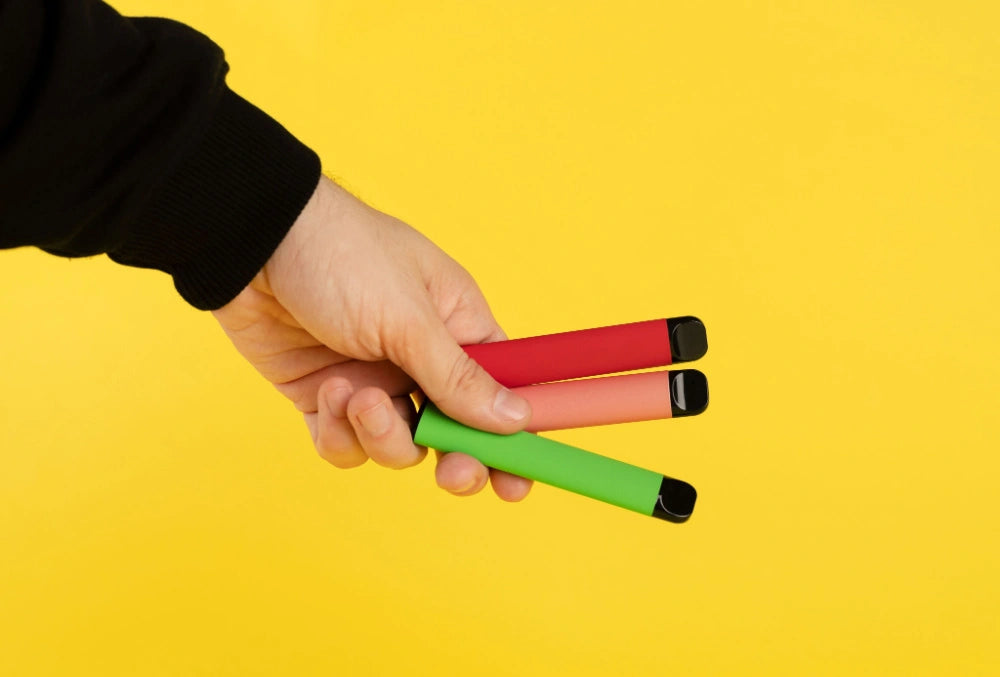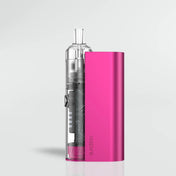One of the biggest issues facing Britain in the wake of the disposable vaping boom has been youth access. While the blame has been placed on the bright colours, funky flavours and trendy designs of the single use vapes, which many have said attract underage users.
The issue is worsened when we factor-in the nic salt e-liquid they contain, which gives an incredibly smooth vaping experience despite its high strength. At 20mg, disposable vapes contain the maximum amount of nicotine permitted by UK law. This is equivalent to a 2% nicotine content, and this is why most disposables say 2% on their packaging, rather than the more severe sounding 20mg.
This has led to a misinterpretation of the devices potential harm among underage users and even adults, who perceive that 2% must be low strength. In fact, a 2% disposable vape that delivers 500-600 puffs is delivering the equivalent nicotine of around 50 cigarettes. This has the potential to form a deep addiction, made all the worse if suffered by a child.

Where are Children Getting Disposable Vapes?
The shocking aspect of the youth access crisis is the fact that, with the exception of a small few who report being given devices by friends or older teens, many children are buying these devices themselves. This is of course a clear breach of the age restrictions in place for tobacco, alcohol, and even high-strength caffeine products, which are only available to those over 18.
A 2021 study conducted as the disposables boom was peaking reveals shocking data regarding where children have been accessing vaping products. Action on Smoking and Health (ASH) carried out a youth survey of 11 to 18-year-olds, while the International Tobacco Control authority led a similar youth study of those aged 16 to 19 who had vaped in the past 30 days.
Just under a quarter (24.8%) of the 11–17-year-olds said they were given vapes by friends. The majority however have indeed been buying them, showing a severe breach of laws by retailers.
- 22.1% of the youths surveyed said they bought them from newsagents.
- 22.1% said they bought them online.

While stereotypes do lead people to assume less than reputable behaviour from smaller retailers and online platforms, supermarkets too have been identified in the survey as a big contributor to the youth access.
While all retailers should be held to the same standards, particularly when they protect children, it will be a major blow to public confidence to hear that major retailers may be allowing vapes to be sold to minors. 16.1% of 11-17-year-olds reported buying a disposable vape from a big supermarket.
In the ITC youth survey, it was revealed that among 16 and 17-year-olds:
- 64.3% reported owning their own vaping product.
- 37.5% reported being given vapes.
- 32.1% bought them in shops.
- 23.3% bought them online.
Are Children Becoming Addicted to Vaping?
The same surveys asked the young respondents how they perceived their level of addiction to vaping. The results show that less than half of those currently vaping actually felt like they were addicted, although nicotine’s highly addictive nature confirms that the opposite is the reality.
- 42.8% did not feel addicted to vaping whilst practicing it.
- 52.5% said they did feel addicted, with severity ranging from ‘a little’ to ‘very’ addicted.

Smoking, by comparison, shows a much higher response of feeling addicted. 83% of young smokers in the survey reported feeling either very, or a little addicted. Only 14.5% did not feel addicted to smoking, vs almost half of the vapers who claimed the same.
This highlights the difference in perceptions between smoking and vaping, and proves the risk of allowing high-strength disposable vapes to fall into underage hands. They are developing intense addictions to nicotine without even realising the dangers.



